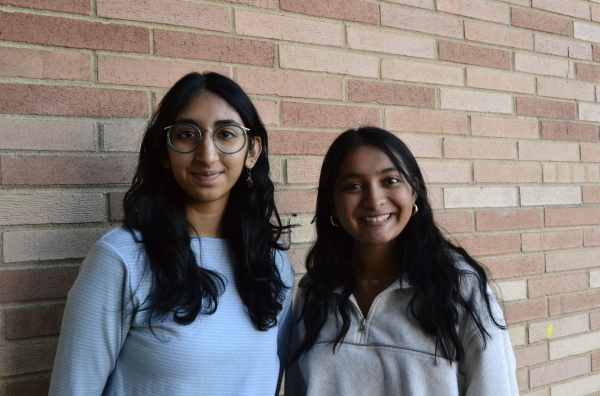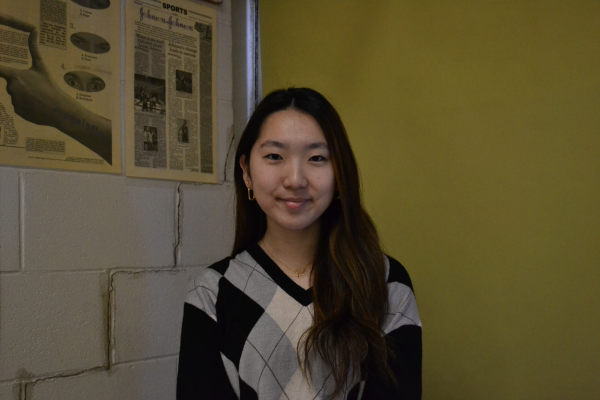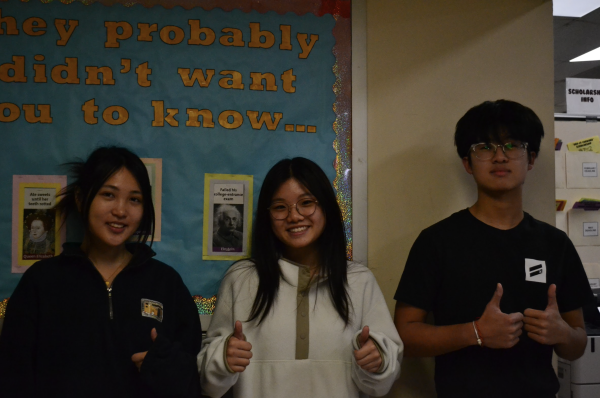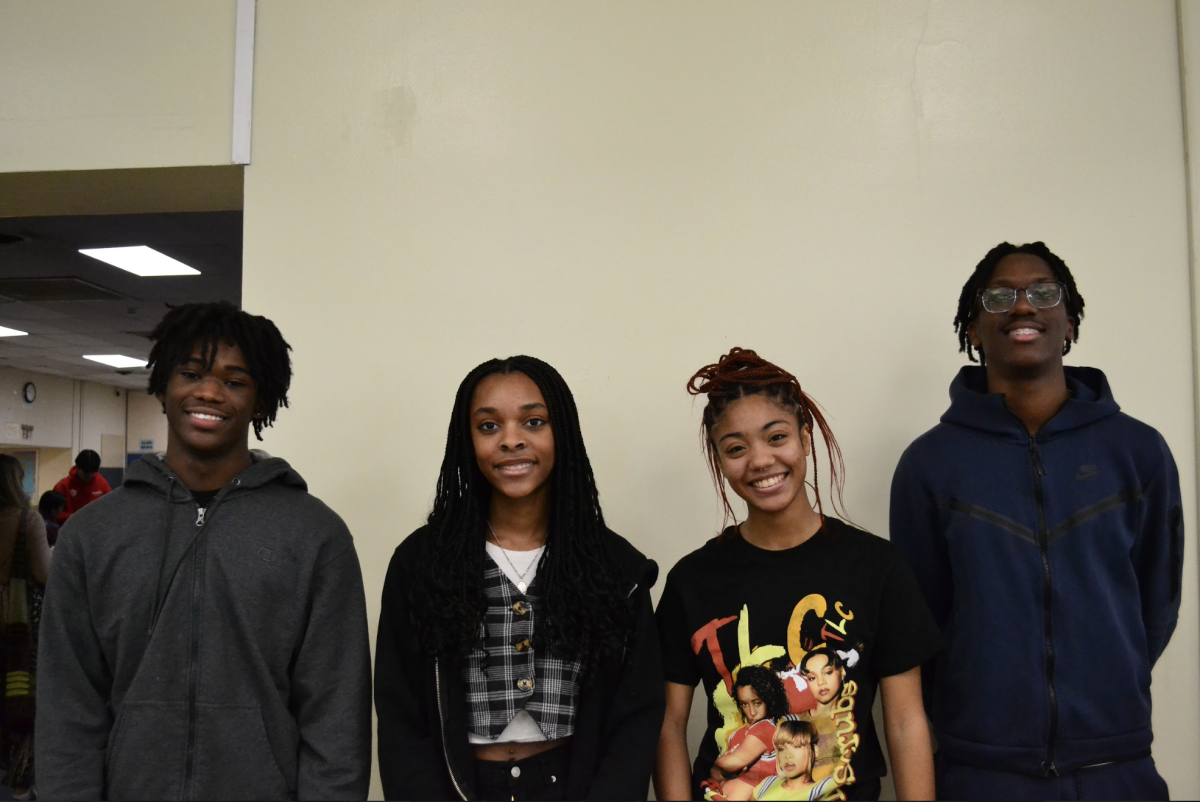Featuring the numerous culture clubs, Multicultural Day (MCD) at Cherry Hill East is a yearly tradition loved by many students. Each year, the day consists of students showcasing their culture through booths, activities, food and dance. Many culture clubs participate in the annual dance competition in which their club members perform a seven-to-ten-minute dance from their culture.
But how are the dances made? Where do the ideas come from? Who teaches the choreography?
A few members from each club take on the challenge of choreographing and leading their club’s dance. These choreographers begin planning for the dance as early as September each year, and work hard teaching and perfecting the dance for the competition in March.
“My freshman year, they were telling me how other clubs were working on [the dance] since the first day of school and doing this and that. Last year, I was trying to start working on it early…It’s a lot of preparation and thought that goes into every single thing that goes up on the stage,” choreographer of the African American Culture Club (AACC ) dance Kyle Scott (‘25) said.
Choreographing the AACC dance alongside Scott is Tymir Gayle (‘26) with some help from AACC president Ciara Robinson (‘24).
Robinson emphasized the importance of MCD on educating the student body on all of the flourishing cultures at East.
“Black students are only seven percent of CHE, so it’s very important to represent us and educate the school on our culture through MCD,” Robinson said.
Indian Cultural Society (ICS) co-presidents and co-choreographers Hamsa Vinod (‘24) and Karina Gupta (‘24) also mention the loads of planning that go into making an MCD dance. After the MCD committee determines the theme for the dances to follow (this year’s theme is “leg- e n d s and myths”), Gupta and Vinod start brainstorming ideas. They first focus on how the dance can represent all different Indian subcultures.

“There are a lot of subcultures within Indian culture as a whole, so in choreographing the dance and the performance entirely, we try to look at all of those sub- cultures and find ways to feel like everyone’s represented because we don’t think it’s fair to just show like, for example, the north part of India or the south part of India because there are students at East from all parts,” Gupta said.
ICS tries their best to incorporate all aspects of their culture into the dance by including multiple Indian dance styles like Bollywood, Bharatanatyam, Bhangra and other modern genres.
Choreographed by Jiwoo Lee (‘24), Korean Culture Club (KCC) has a similar goal in mind for their dance.

“We try to use both aspects of modern-day K-pop and also traditional drums and dance, so I think we do a good job of including all aspects of [Korean] culture,” Lee said. Robinson also mentioned the struggle of including the various aspects of the culture in the dance.
“We are representing people coming from an entire continent and the islands, so it’s hard to pinpoint what exactly to show in our dances. However, we ended up doing a step dance that can be traced back to the slavery era but is shown in black sororities and fraternities all over the U.S. We [also] showed a popular Caribbean dance and we showed a rap and R&B dance because a lot of our students do not know where we came from and this is our culture,” Robinson said.
The MCD dances help connect East students to cultures that they are unfamiliar with, but they also help students within the culture clubs connect more with their own culture.
Choreographers of the Chinese Student Association (CSA) dance Olivia Zhou (‘24), Nico Zhang (‘24) and Bryan Lu (‘25) strive to keep Chinese culture alive in the younger generations with the dance. “With Kung Fu and dance, I feel like younger generations are losing sight of culture and dance and Kung Fu are such a prominent [part of the] culture around the Chinese history, and we want to keep that alive and educate freshmen, sophomores, juniors and everyone, in school especially,” Zhang said.

A s Zhang mentioned, Kung Fu is incorporated into the CSA dance. Some clubs choose to include non-dance aspects in their dance to truly represent what their culture is all about. Zhang and Zhou choreograph the dance parts and Fu choreographs the Kung Fu parts.
Choreographing an MCD dance is no easy feat. While the choreographers love what they do, they also recognize the challenges that come with preparing the dance.
Lee mentioned that the hardest part about choreographing for her is connecting all of the ideas and making sure the performance runs smoothly. Similarly, Zhang and Zhou believe that a big challenge is deciding what to include and what not to include and making sure that the dance is feasible for all experience levels.
“ I feel like the hardest part of creating our dance is… making sure everyone can do and is comfortable doing and making sure that it’s up to the expectations from peers above me,” Gayle said.
A challenge that Gupta and Vinod face is managing the large number of participants in the ICS dance.
“Coordination [is a big challenge] because, again, ICS is probably one of the bigger culture clubs…Because there are so many people in the club, it’s very hard to coordinate who will go into what dances or who wants to go in what dances,” Vinod said.
Around 50 to 60 club members typi- cally participate in the ICS dance. Gupta noted that, in previous years, club members had to audi- tion to be able to do the dance. However, this year, Gupta and Vinod decided to not make club members audition because they want everyone to be able to participate in the dance if they want to do so.
As for participation in the AACC dance, Scott has definitely noticed an increase since his freshman year, he said.
“My freshman year, we probably had 12 or so people. Last year, we probably had, I want to say, upwards of 30 people in the dance. That really allowed us to do so many more things,” Scott said.
With this year’s MCD taking place on March 28, many clubs have already started dance practices. As the date nears, excitement is building up within each culture club. The choreographers look forward to seeing their dances come together on stage in just a few months.
There’s certainly something special about uniting with other students over a shared culture and the choreographers definitely feel that within their clubs.
“I really love how… through the practices, you just get closer with other club members and it’s just a really fun process of seeing the performance come together and then making friends through that,” Lee said.
Zhang and Zhou have danced together for many years and are excited to be able to work on the CSA dance together this year. They’ve always looked forward to planning the MCD dance and are excited to lead the performance this year.
When asked what his goal is for this year’s dance, Scott said, “I remember last year, I was so focused on having the best performance, but this year, I just really want to focus on capturing the essence of what the club is and making a performance that is really powerful and speaks true to, you know, what the club stands for and what the African American experience is in Cherry Hill and all over the world.”
This year’s MCD dances are surely not ones to miss. In the meantime, the culture clubs will be practicing hard to perfect their performances before the big competition. Eastside will provide more coverage of the MCD dances as the event nears.



